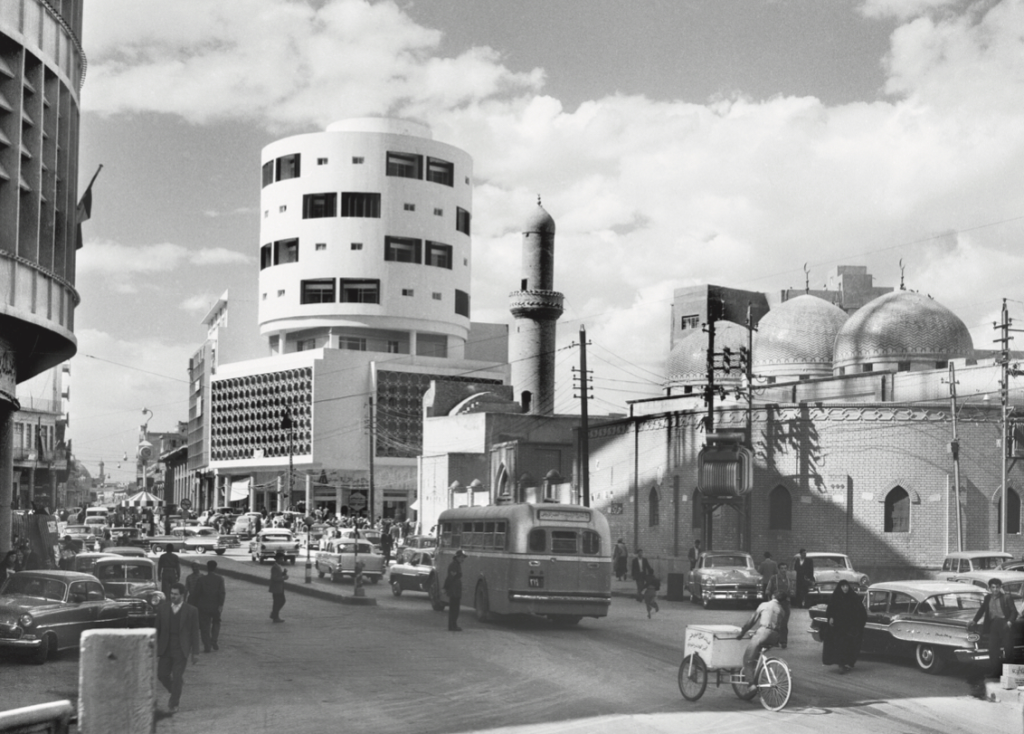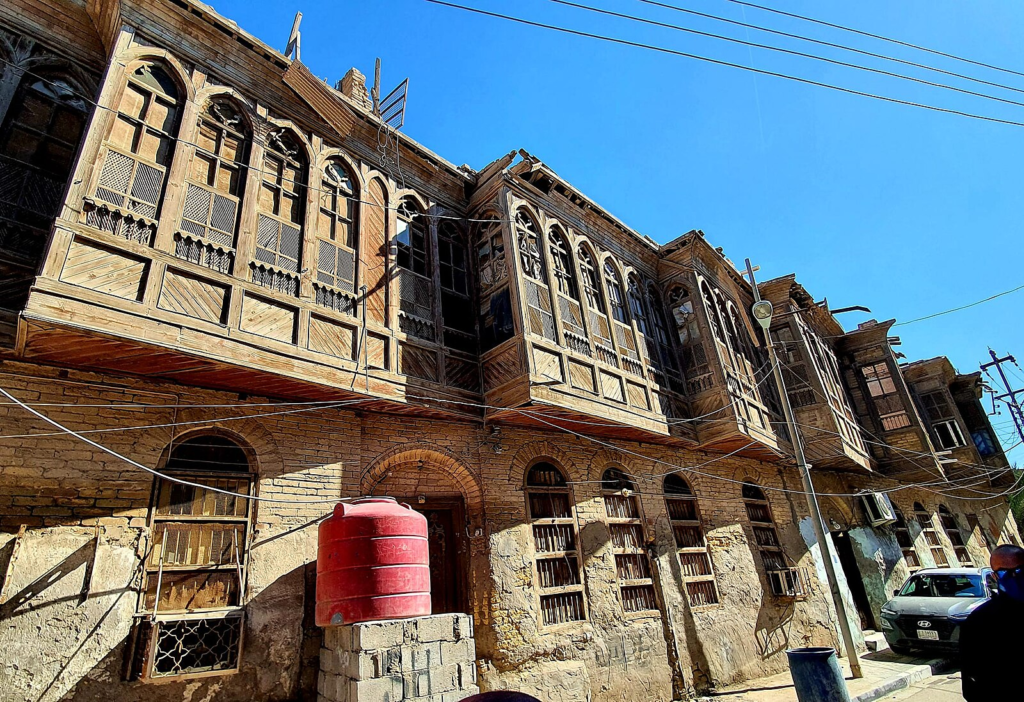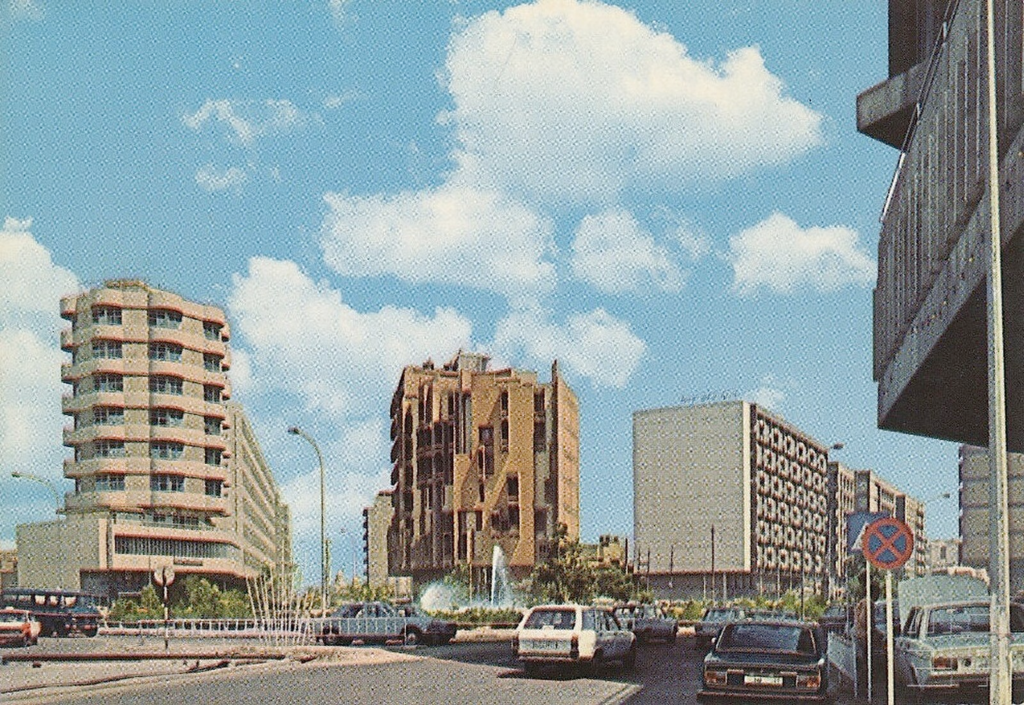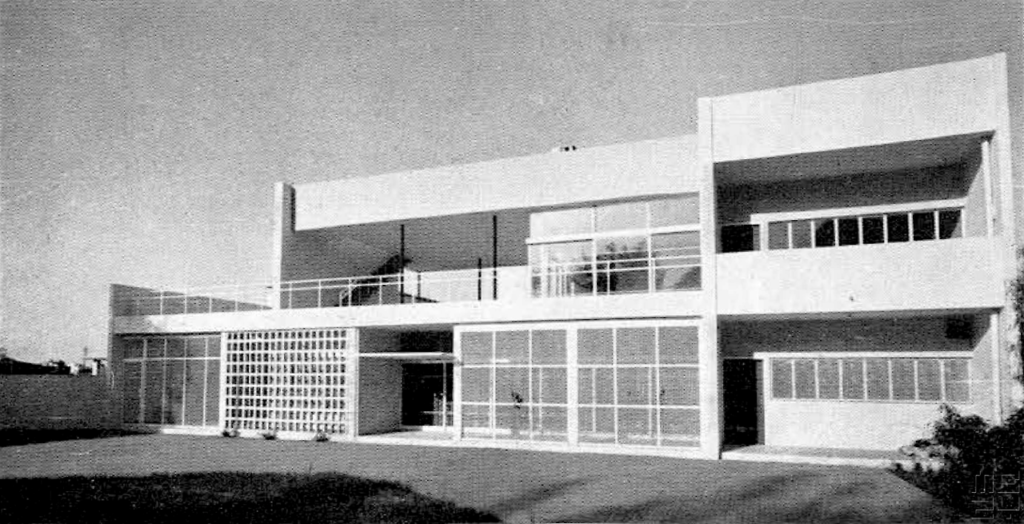Rifat Chadirji: Pioneer of Modern Iraqi Architecture

By: Ralph Hage / Arab America Contributing Writer
Rifat Chadirji is one of the most influential figures in Modern Arab architecture. With a career spanning decades, his work has had a lasting impact on Iraq’s architectural landscape and beyond. Chadirji’s designs blend modernist principles with a profound respect for local traditions and cultural heritage, creating innovative works that reflect the region’s identity.
Early Life and Education
Born in 1926 in Baghdad, Iraq, Rifat Chadirji was immersed in a rich cultural environment from an early age. His exposure to traditional Islamic architecture, combined with his education in the West, significantly shaped his architectural vision. Chadirji graduated from the UK’s Hammersmith School of Building and Arts and Crafts in 1952. In 1983, he left Baghdad to join Harvard as a Loeb Fellow, marking his permanent departure from architectural practice. He also taught at Harvard for nearly a decade before relocating to the United Kingdom, where he spent the rest of his life.
Architectural Style: Modernism with Regional Identity
Chadirji’s work represents a synthesis of modernist principles and local traditions. He believed architecture should serve both functional and symbolic roles in society, while being deeply rooted in its cultural context. His buildings thoughtfully incorporate Iraq’s history, climate, and social structure, reflecting a unique balance between innovation and tradition.
One of the most prominent features of Chadirji’s work is his innovative integration of Islamic architectural elements into modern design. He was especially focused on geometric patterns, which he frequently used in facades and interior spaces. These patterns go beyond decoration, serving as a visual language that connects to the region’s cultural and spiritual heritage. For example, his use of intricate musharabiya screens blends traditional Arabic architectural forms with a modernist aesthetic.

Chadirji’s buildings often establish a strong connection to the surrounding environment, emphasizing natural light, ventilation, and the relationship between interior and exterior spaces. His designs incorporate courtyards, terraces, and shaded outdoor areas—elements central to traditional Iraqi architecture—while reinterpreting them to meet modern living needs.
Notable Works
1- The Unknown Soldier Monument – Baghdad (1959)

2- Federation of Industries Building (center) – Baghdad (1966)

3- Hussain Jamil Residence – Baghdad (1953)

Legacy
Rifat Chadirji’s legacy is defined by his ability to blend the old and the new, creating architecture that is both innovative and deeply rooted in the cultural heritage of Iraq and the Arab world. His work has left a lasting impact on generations of architects in Iraq and beyond, serving as a model for how to merge modernism with local traditions.
Despite the challenges posed by political upheavals in Iraq, Chadirji’s influence remains strong in the field of architecture. His emphasis on designing human-centered spaces that reflect the values and aspirations of the people has cemented his place as one of the most respected and celebrated architects of the 20th century.
Ralph Hage, a Lebanese American architect and writer, divides his time and work between Lebanon and the United States.
Want more articles like this? Sign up for our e-newsletter!
Check out our blog here!








